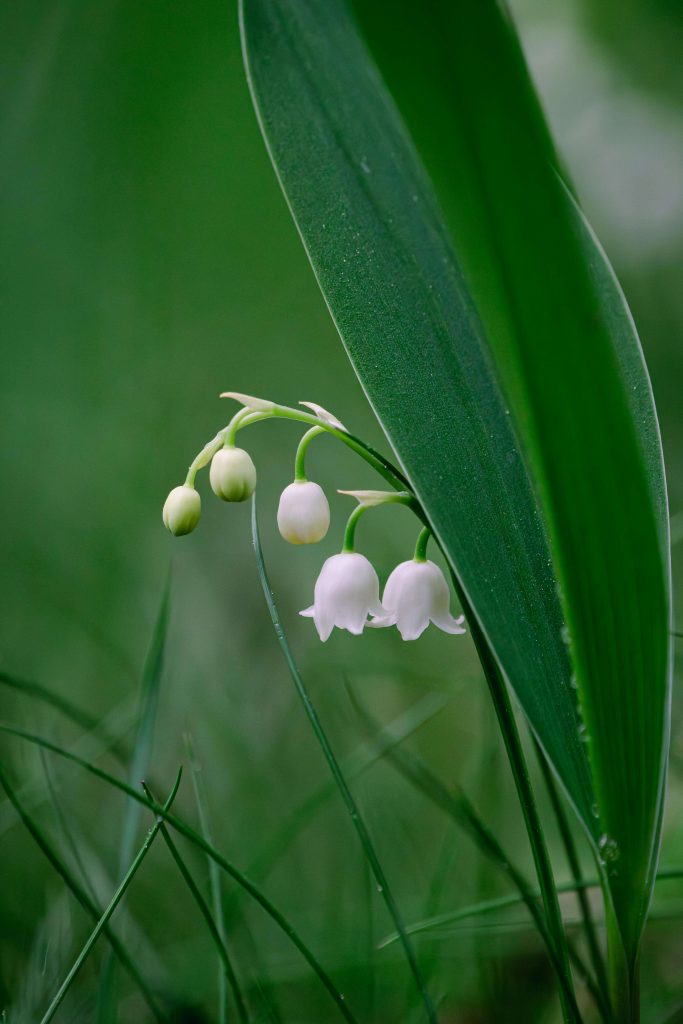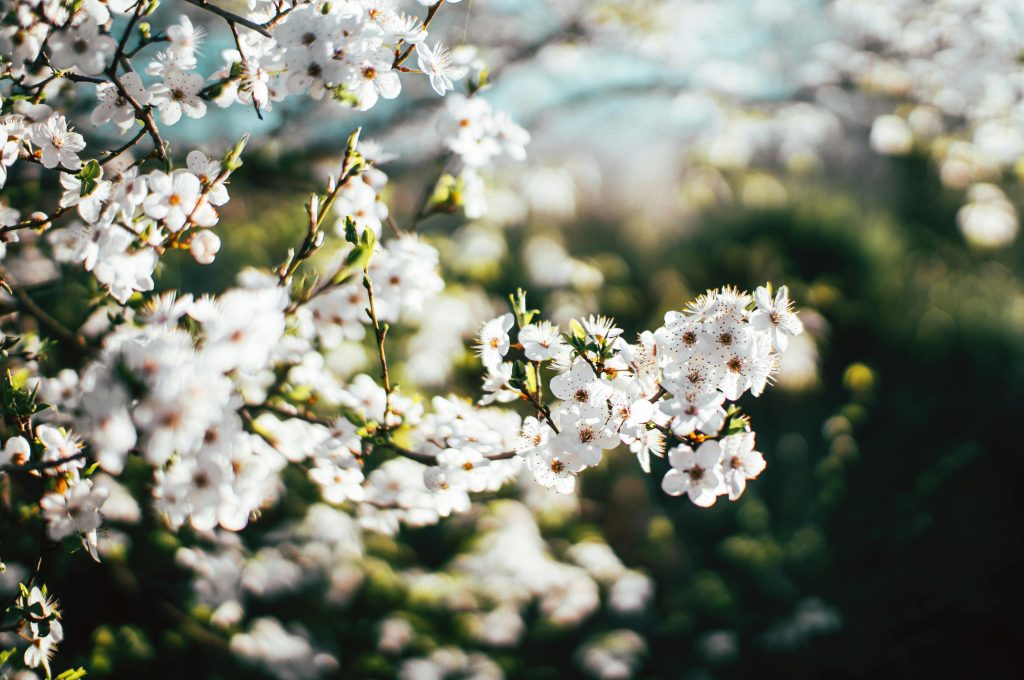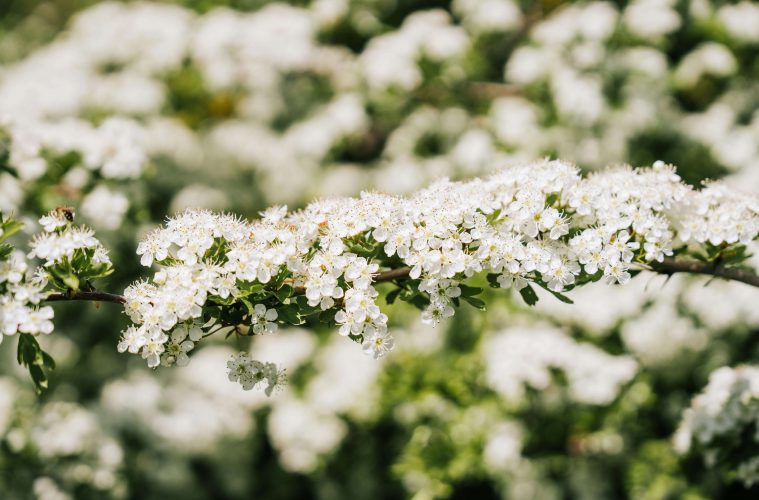In the world of flowers, every month has its own blooms, and for May, it’s the charming lily-of-the-valley and the striking hawthorn.
These two plants may be different in appearance, but both carry rich meanings and seasonal beauty, making them special additions to any South African garden.
Lily-of-the-Valley
With its tiny bell-shaped blossoms and sweet fragrance, lily-of-the-valley is a timeless flower often linked to purity, humility, and the return of happiness. In European tradition, it’s been given as a token of good luck on May Day for centuries.
In South Africa, this woodland ground cover thrives in shady, cooler gardens—especially in areas like the Western Cape, KwaZulu-Natal Midlands, and highland regions where summers aren’t too harsh.
Read more: Tips for growing lilies

Pexels
How to grow and care for Lily-of-the-Valley:
Light: Prefers partial to full shade. Great under trees or along shaded paths.
Soil: Needs rich, moist soil with good drainage.
Water: Keep soil evenly moist, especially in summer.
Spread: It multiplies quickly, so give it space or contain it with edging.
Its delicate white blooms last for a few weeks in late autumn or early winter in South Africa, depending on your region’s climate. While beautiful, it’s important to note that all parts of the plant are toxic if eaten, so best kept away from pets and children.
Hawthorn
Hawthorn is a deciduous tree or shrub known for its clusters of small, white or pink flowers in late spring, followed by red berries called “haws.” It symbolises hope and healing and has long been tied to love, fertility, and even fairy folklore.
In ancient times, hawthorn branches were used in weddings and May Day celebrations. Despite a few eerie legends, hawthorn has always been a plant of transformation, marking the shift from spring to summer.

Pexels
Growing Hawthorn in South Africa:
Light: Grows best in full sun but will tolerate some shade.
Soil: Prefers fertile, well-draining soil. Drought-tolerant once established.
Water: Water regularly when young; mature trees need less.
Size: Can grow up to 6–9 metres tall, making it ideal as a small garden tree or hedge.
Hawthorn also has ecological benefits—its dense, thorny branches offer shelter for birds, and the berries provide a winter food source.
Bringing May’s flowers into your garden
Whether you’re drawn to the sweet scent of lily-of-the-valley or the seasonal drama of hawthorn, both flowers bring a sense of meaning and tradition into the garden. They’re also reminders of May’s themes—new beginnings, beauty, and resilience.
Plant them for their looks, grow them for their history, and enjoy their blooms as a natural celebration of this season’s spirit.
ALSO SEE: Everything you need to know about April birth flowers
Image: Pexels

